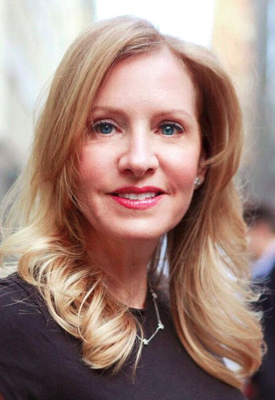5 Tips from a Radiologist

RADIOLOGIST Susan Drossman, M.D.
1. GET CLINICAL BREAST EXAMS REGULARLY – Regular clinical exams performed by your physician, as well as yourself, are important in women beginning at the age of 20.
2. KNOW YOUR FAMILY HISTORY – Women with a known mutation or genetic predisposition BRCA1 and BRCA2 should start yearly screening by age 30.
3. UNDERSTAND THE LIMITATIONS AND STRENGTHS OF MAMMOGRAPHY – Mammography is currently the best screening tool available for early detection. However,the cancer can be obscured by dense breast tissue. Mammography detects 98% of breast cancers in a fatty breast, but only 48% of cancers in a dense breast. Thus, it may not be detected in the mammogram.
4. ASK ABOUT THE DENSITY OF YOUR BREASTS – In general, the younger the woman, the more glandular elements and thus the denser the breast tissue. Women should understand that dense fibroglandular breast tissue can obscure some breast masses. I often use the analogy of looking for a snowball in a field of snow. The snowball (the breast cancer) will blend into the background (the dense breast tissue) making the snowball impossible to see. If you have dense breasts, or have other high-risk status, inquire about breast ultrasound or MRI, in addition to mammography.
5. FIND SUPPORT – For young women, the impact of a breast cancer diagnosis on sexuality, self-image, fertility, family and career on young women is significant. This is where support groups can have their greatest impact.
Show your Support and donate to our cause.